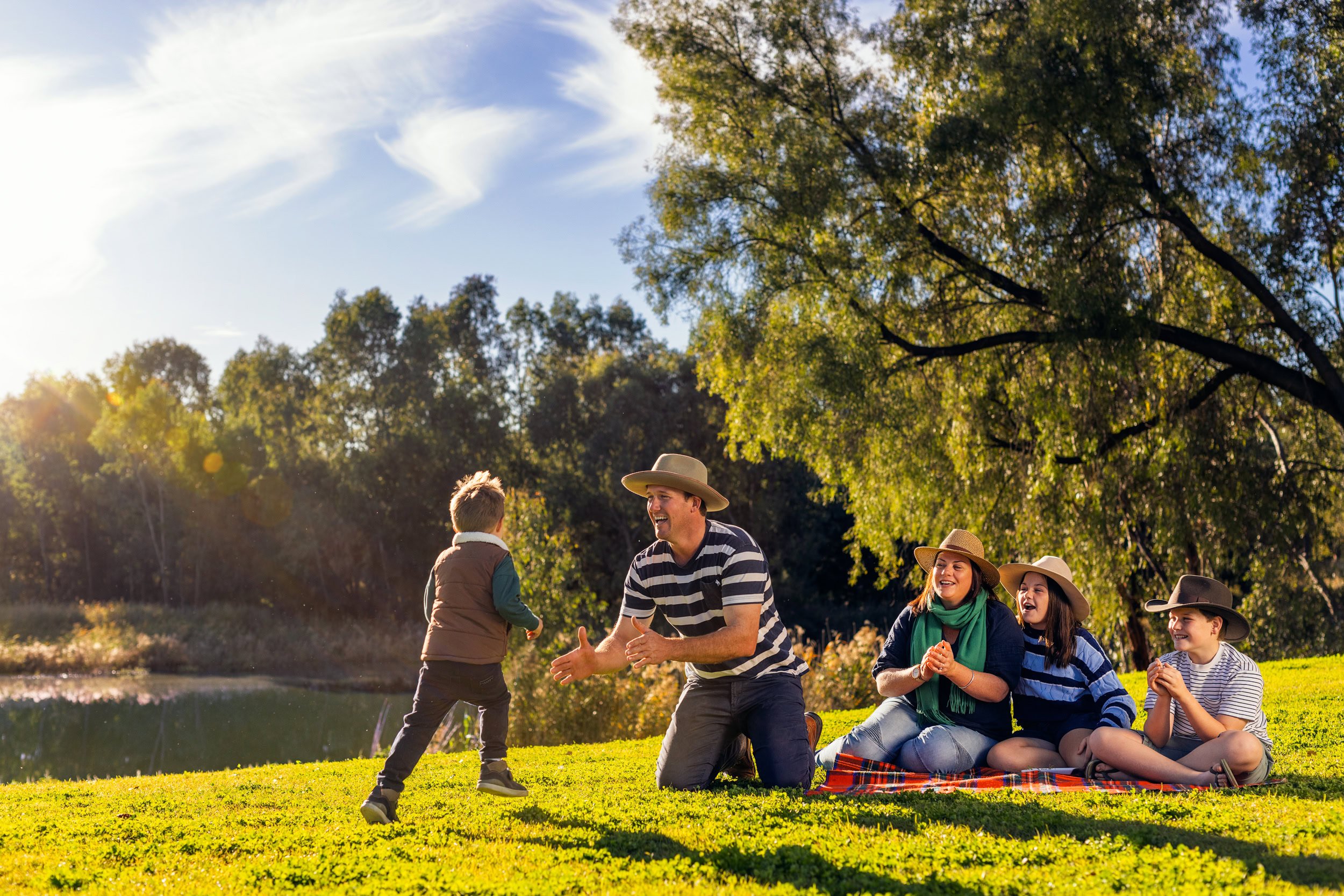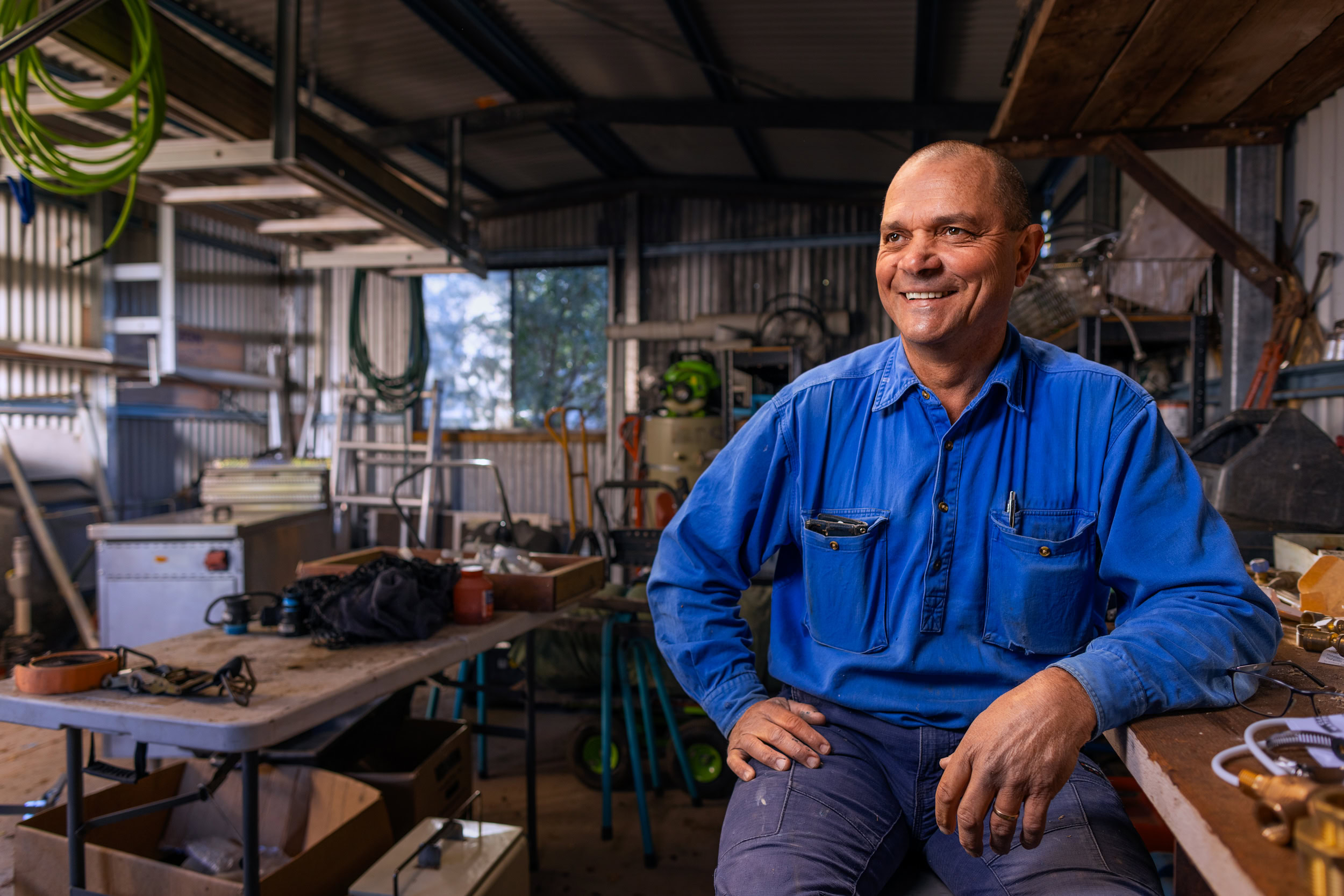Compared to other regions across Queensland, people living in South West Queensland are more likely to engage in health behaviours that increase the risk of chronic diseases such as type 2 diabetes and cardiovascular disease (State of Queensland, 2022). This health disparity is influenced by a complex range of factors such as socioeconomic status, health literacy, workforce shortages and access to preventive health.
State government departments in health and prevention, local government, private health providers, community and university sectors are pioneering an initiative to transform the delivery of prevention in the community. The Wellness my Way (WmW) pilot is a localised approach that supports the community to engage in positive health behaviour change and access individually tailored support earlier in their health journey to prevent chronic disease from occurring.





